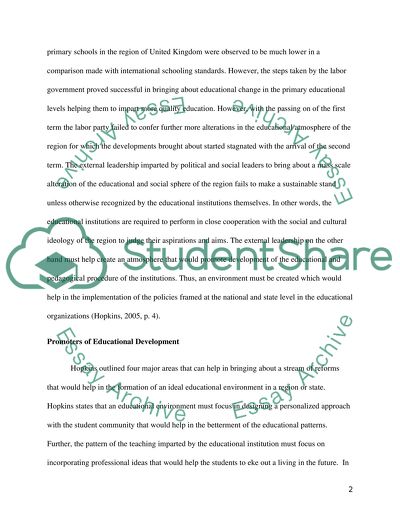Cite this document
(“ENHANCED ACADEMIC WRITING AND PRACTICE ED2215 (Ass 2) Essay”, n.d.)
Retrieved from https://studentshare.org/environmental-studies/1405060-enhanced-academic-writing-and-practice
Retrieved from https://studentshare.org/environmental-studies/1405060-enhanced-academic-writing-and-practice
(ENHANCED ACADEMIC WRITING AND PRACTICE ED2215 (Ass 2) Essay)
https://studentshare.org/environmental-studies/1405060-enhanced-academic-writing-and-practice.
https://studentshare.org/environmental-studies/1405060-enhanced-academic-writing-and-practice.
“ENHANCED ACADEMIC WRITING AND PRACTICE ED2215 (Ass 2) Essay”, n.d. https://studentshare.org/environmental-studies/1405060-enhanced-academic-writing-and-practice.


